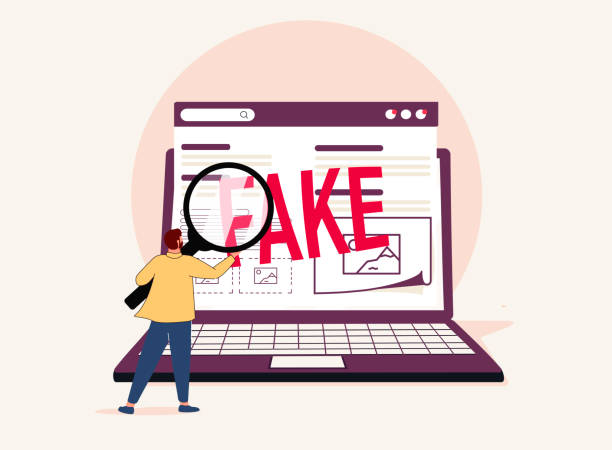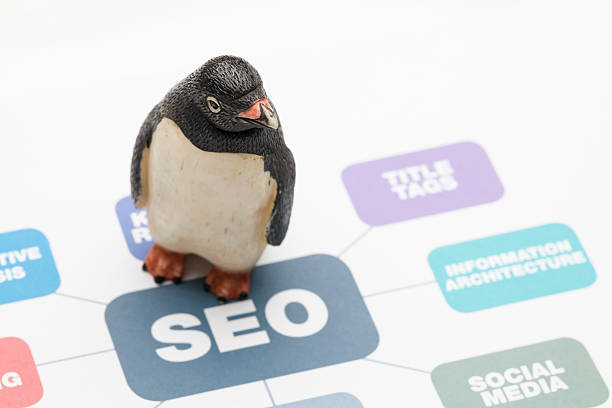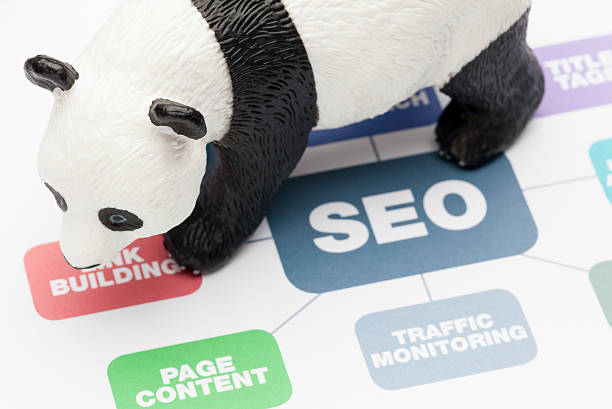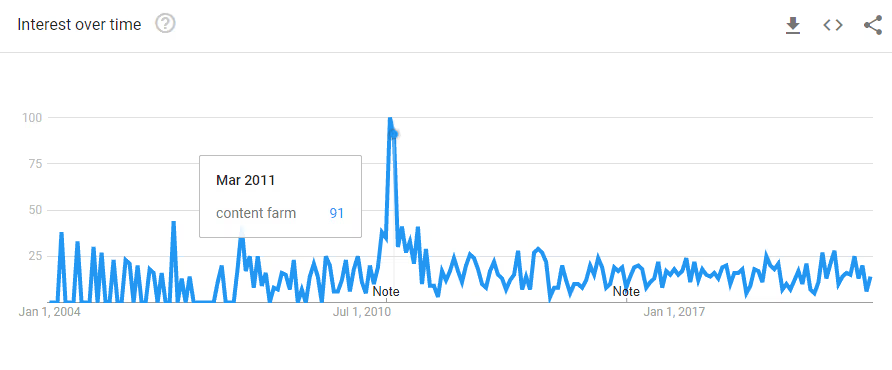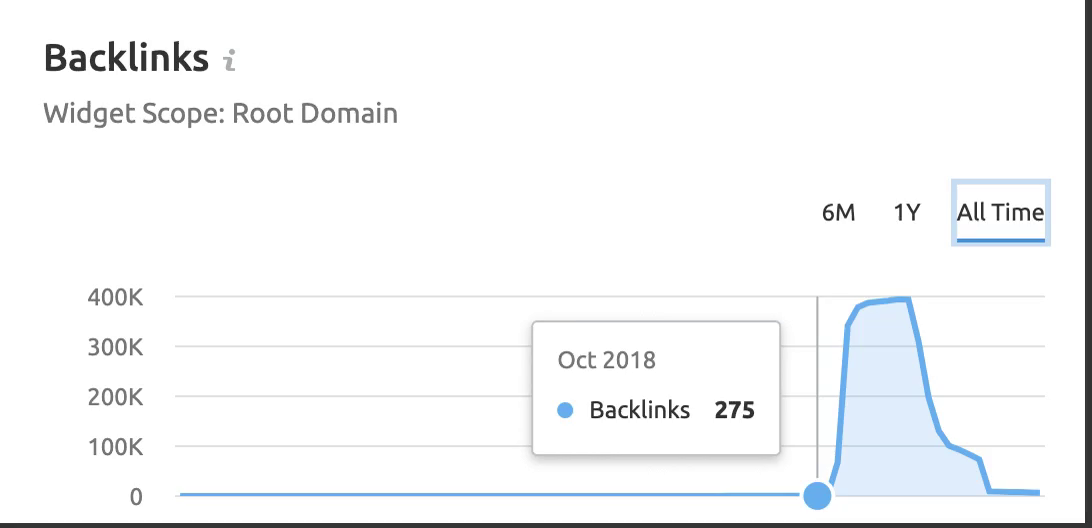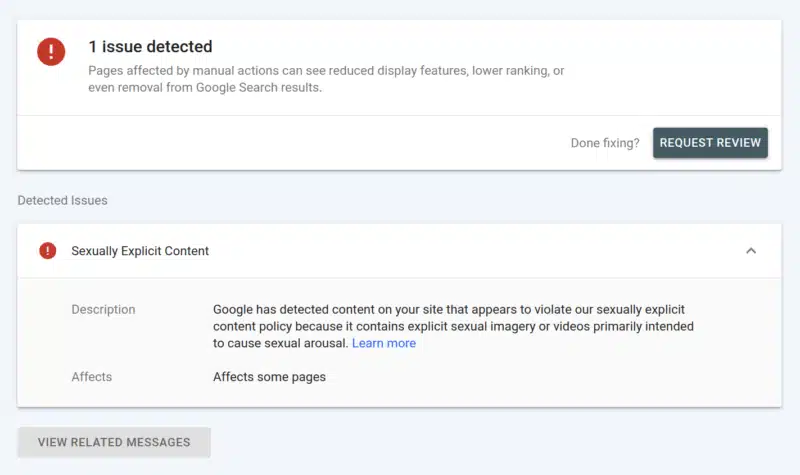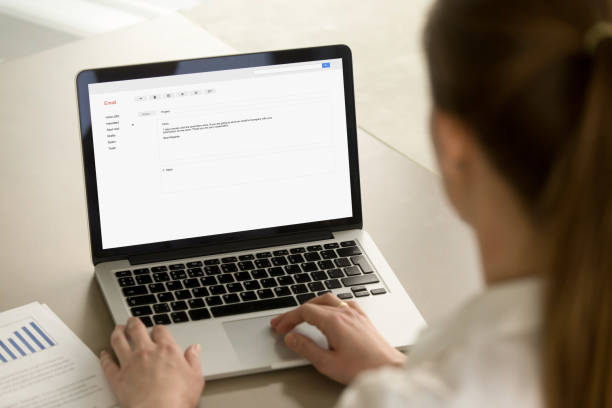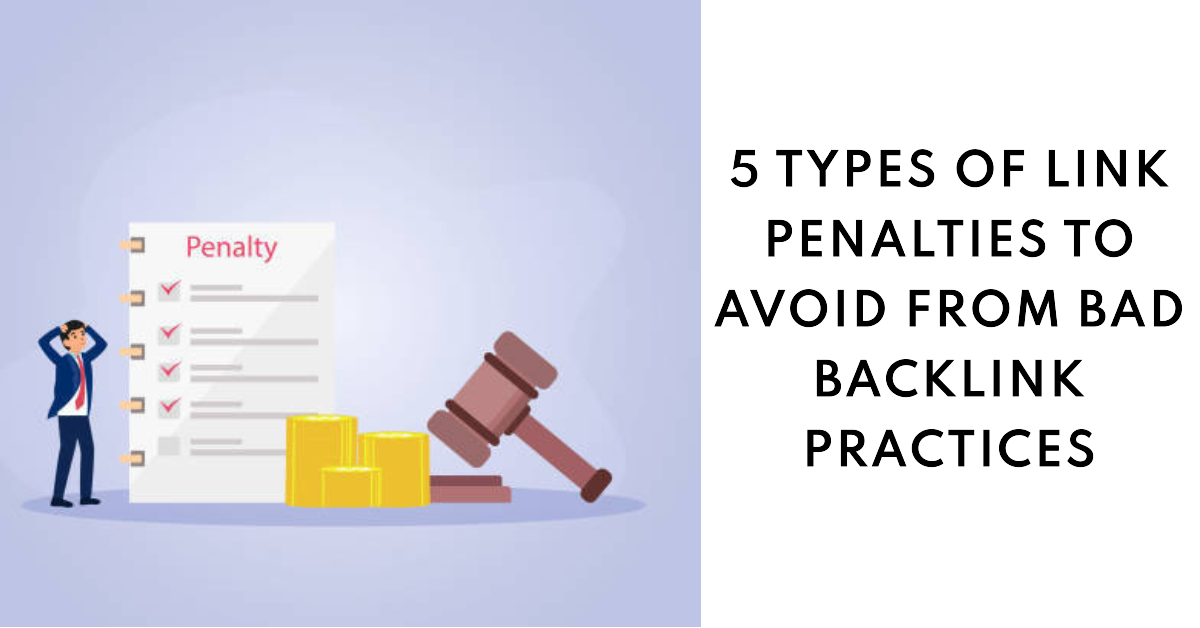
For a website to succeed in the complex world of SEO, link-building must be mastered.
However, navigating the hazardous backlink landscape might result in severe penalties and reduce your online exposure.
Did you know that nearly 68% of online experiences start with a search engine in 2023, making SEO techniques more important than ever?
Therefore, it is crucial to comprehend link penalties and how to prevent them.
In this blog, we will delve into the 5 types of link penalties and guide you through steering clear of the repercussions of deceptive link-building practices, giving you peace of mind knowing that we’ve got you covered.
Understanding Link Penalties and Its Consequences
Every web admin and SEO expert must understand link penalties to successfully sail the dangerous seas of the online world.
Link penalties are sanctions applied by search engines on websites that use dubious or deceptive link-building techniques. 
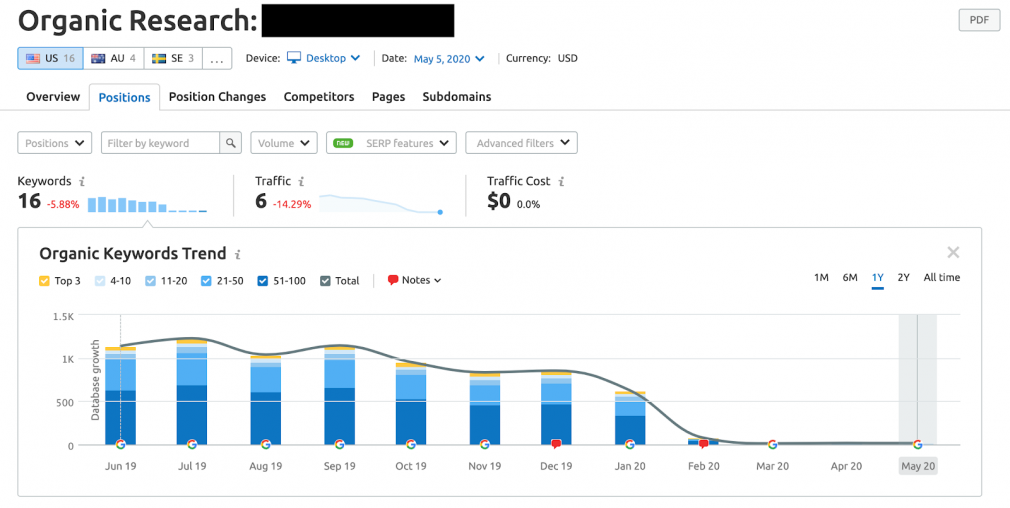
The above image showcases the consequences of a link penalty on a website in February 2020.
The website’s fortunes, which were formerly flourishing with 1,500 visits per month and rankings for more than 500 keywords, took a quick and sharp turn for the worst.
After receiving the penalty, its traffic quickly decreased to nearly nothing, and the search engine rankings disappeared.
Its prior success and present status stand in sharp contrast, serving as a sobering reminder of the severe effects of link penalties on a website’s functionality and online exposure.
The implications of link penalties can be severe and widespread, impacting your website’s visibility, traffic, and reputation. Here are five severe repercussions to be wary of:
- Drop in Search Rankings: Your website’s hard-earned ranks in search engines can decline.
- Decreased Organic Traffic: Due to lower ranks, organic traffic suffers, affecting conversions and earnings.
- Loss of Trust and Credibility: Penalties can tarnish your website’s reputation, eroding user trust and search engine credibility.
- Long-Term Recovery Efforts: Overcoming the aftermath of a penalty demands time, resources, and adherence to ethical SEO practices.
5 Types of Link Penalties to Look Out For
Navigating the complex world of SEO requires vigilance, and one critical aspect every website owner must be wary of is link penalties.
These stealthy penalties can sneak up on your website, wreaking havoc on its search engine rankings and organic traffic. This section sheds light on the 5 link penalties you must watch out for.
1. Manual Penalties
Manual penalties are a specific type of search engine penalty that occurs when a human reviewer from the search engine’s team manually assesses a website and finds it violating its guidelines.
Unlike algorithmic penalties, which are triggered automatically by algorithms like Penguin or Panda, manual penalties are direct actions taken against a website due to its non-compliance with search engine guidelines.
Reasons for Receiving a Manual Penalty
There are various reasons why a website may receive a manual penalty. 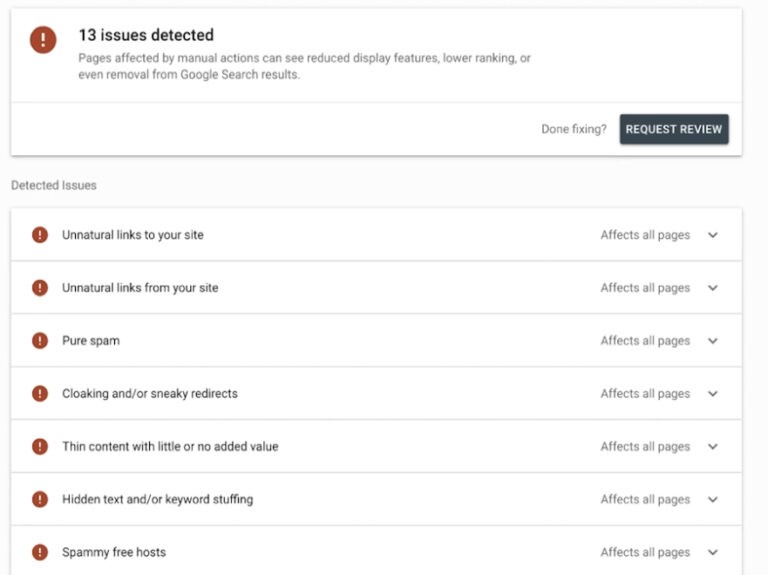
The above image provides a list of issues detected on a website. 13 issues were detected which were impacting the website’s performance.
Some violations include engaging in link schemes, having thin or low-quality content, participating in cloaking or sneaky redirects, or engaging in keyword stuffing and other black-hat SEO practices.
How to Identify and Address Manual Penalties
Identifying a manual penalty is simple. Web admins can look for any notices of manual actions in their Google Search Console accounts.
If a penalty is imposed, the notice will explain why. When a manual penalty is discovered, immediately fixing the problems is crucial. In response to a manual penalty, one must:
- Identify and Fix the Issues: Examine the manual action notification’s justifications in detail and make the required adjustments to correct the violations.
- Document Your Efforts: Keep a thorough note of the adjustments you’ve made to your website since you could need it later when requesting a reconsideration.
- Submit a Reconsideration Request: After making the required corrections, you can use Google Search Console to seek a reconsideration. In the request, explain your actions to resolve the issues and ensure future compliance with search engine guidelines.
- Be Patient and Compliant: Google might need time to examine your submission. During this period, it’s crucial to remain patient and adhere to ethical SEO practices to avoid future penalties.
2. Penguin Algorithm Penalties
In 2012, the Penguin algorithm was introduced by Google to combat websites employing manipulative link-building practices.
Its mission? To reward websites with natural, high-quality backlinks while penalizing those engaged in link spam and other black-hat tactics.
Unlike manual penalties, Penguin operates as an algorithmic filter, constantly scrutinizing websites’ backlink profiles for signs of unnatural linking.
Types of Link Spam Targeted by Penguin
Penguin has its eyes on various link spam techniques, including:
- Paid Links: Buying links to manipulate rankings and gain an unfair advantage.
- Link Schemes: Participating in link networks or excessive reciprocal linking.
- Keyword Stuffing in Anchor Text: Over-optimizing anchor text with exact match keywords.
- Irrelevant Backlinks: Obtaining links from unrelated or low-quality websites.
Strategies to Recover from Penguin Penalties
Recovering from a Penguin penalty necessitates meticulous link remediation:
- Link Removal or Disavowal: Manually contact web admins to remove harmful links. For unresponsive or unattainable links, disavow them using Google’s Disavow Tool.
- Quality Over Quantity: Shift focus to acquiring high-quality, relevant backlinks from trustworthy sites.
- Content Revamp: Create compelling, shareable content to attract organic backlinks.
- Natural Anchor Text: Diversify anchor text and maintain a natural link profile.
3. Panda Algorithm Penalties
The Google Panda algorithm, first introduced in 2011, revolutionized the SEO world by prioritizing content quality.
Unlike manual penalties, Panda operates as a continuous update, assessing websites based on their content’s relevance, uniqueness, and value.
Its primary objective is to elevate websites with high-quality content while penalizing those with thin, low-value, or duplicate content.
Impact of Low-Quality and Duplicate Content
Panda algorithm penalties have a significant impact on websites with the following:
- Low-Quality Content: Pages that lack substance, offer minimal value to users, or are filled with excessive ads can face ranking setbacks.
- Duplicate Content: Copying content from other sources without proper attribution can trigger penalties and hinder search engine visibility.
- Content Farming: Mass-producing low-quality content to attract traffic, rather than focusing on providing valuable information, can attract penalties.
After the Google Panda Update, content farms gained popularity from 2000 to 2011 but suffered a significant blow to organic search visibility.
Post-2011, efforts were made to recover lost ranks and organic visibility, as indicated by search trends in January and February 2011 in the image above.
Identifying and Fixing Content-Related Link Penalties
While Panda penalties are not directly linked to backlinks, the quality of your content can influence user engagement metrics and indirectly affect your search rankings.
To identify and address content-related issues, conduct a thorough content audit. Focus on enhancing the user experience and relevancy while looking for sites with little or duplicate information.
Content Optimization Best Practices
Follow these recommended methods to prevent Panda’s penalties and successfully optimize your content:
- Create Valuable Content: Make it a priority to provide innovative, educational, and exciting material that speaks to people’s needs and offers distinctive insights.
- Keyword Research: Conduct in-depth keyword research to find pertinent themes and integrate them into your content naturally.
- Avoid Duplicate Content: Make sure your material is original and distinctive by avoiding copying it from other sources.
- Regular Updates: Keep your existing content updated, correct, and relevant by updating it frequently.
4. Link Farm and PBN Penalties
Private Blog Networks (PBNs) and link farms are fraudulent methods used to rig search engine results.
Websites made just to generate backlinks and don’t offer any helpful content are known as link farms. 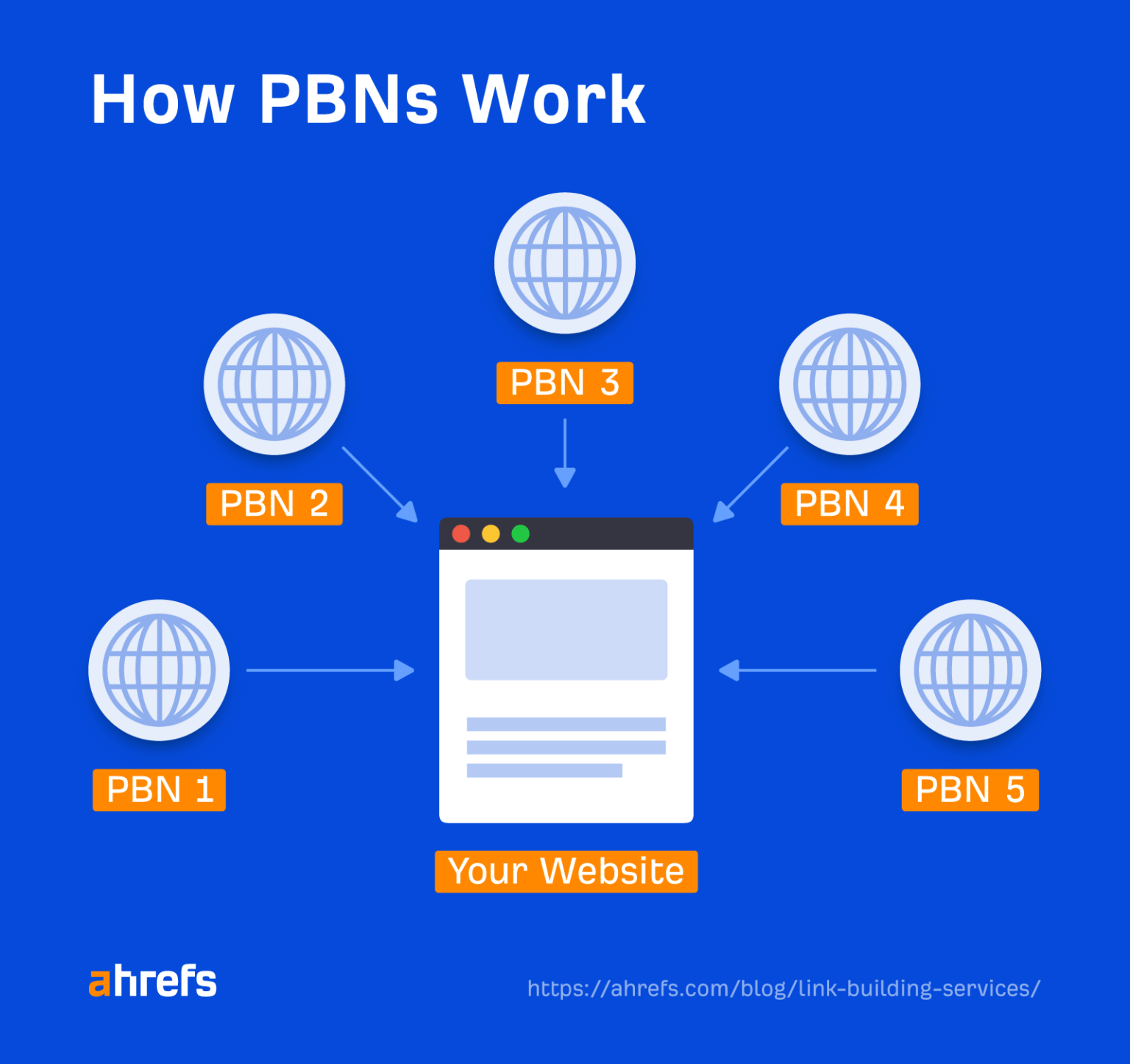
PBNs are networks of privately owned websites that link to a particular site to raise its rating artificially.
Link networks can be vast, involving multiple interconnected sites that link to each other, creating artificial trust signals to deceive search engines into believing the links are earned naturally.
Risks Associated with Link Farm and PBN Backlinks
- Penalties and Deindexing: Websites connected to link farms and PBNs are aggressively penalized by search engines, which can result in visibility loss or even deindexing.
- Negative SEO Impact: The reputation and authority of your website might be harmed by links to or from spammy, low-quality websites.
The above report indicates that during three months commencing October 2018, a small business encountered an unexpected surge in backlinks, skyrocketing from 275 to 341,824.
Consequently, Google imposed a manual action. To rectify the issue, the webmaster conducted a comprehensive backlink audit and submitted reconsideration requests alongside disavow files.
Although it required two reconsideration requests, the penalty was lifted by August 2019, nearly a year later.
Notably, the webmaster stressed the occurrence of a negative SEO attack in the second request, which likely played a pivotal role in the penalty’s removal.
The rankings are gradually being restored, showcasing the resilient efforts to reclaim the website’s visibility and position in the digital landscape.
- Unnatural Link Profile: Over-reliance on link farms and PBNs creates an unnatural backlink profile that raises red flags with search engines.
Distinguishing Between Legitimate and Harmful Link Networks
| Legitimate Link Networks | Harmful Link Networks |
| High-quality content that adds value | Thin, low-quality content with little to no value |
| Links are from relevant and authoritative websites | Links are from unrelated or spammy websites |
| Natural link profile with diverse anchor texts | Over-optimized anchor texts or excessive exact-match links |
| Links placed contextually within relevant content | Links placed in footers, sidebars, or unrelated sections |
| Focus on providing a positive user experience | User experience may not be a priority for these networks |
| Compliant with search engine guidelines | Violation of search engine guidelines, such as buying links |
| Links obtained from various high-quality sources | Links acquired predominantly from the same network |
| Aim to boost website authority organically | Intent to manipulate search engine rankings artificially |
How to Remove or Disavow Links from Link Farms and PBNs
To protect your website from link farm and PBN penalties following three steps can be helpful:
- Link Removal: Manually reach out to web admins of a link farm or PBN sites to request the removal of backlinks pointing to your site.
- Disavow Tool: For unresponsive or stubborn link providers, use Google’s Disavow Tool to signal search engines that you don’t want those links to be considered when evaluating your site’s ranking.
- Audit Your Backlinks: Regularly conduct backlink audits to identify and disavow any suspicious or harmful links that might arise in the future.
5. Over-Optimization Penalties
Over-optimization penalties occur when a website goes to extremes in its SEO efforts, attempting to manipulate search engine algorithms for higher rankings.
Such practices include excessive keyword stuffing, spammy link-building, and over-optimized anchor texts.
Search engines like Google penalize websites that use these manipulative techniques, which lowers their search visibility and organic traffic.
Importance of Anchor Text Diversity
Anchor text is the clickable content contained within a hyperlink, and its variety is critical in SEO.
A diverse anchor text profile indicates that backlinks are acquired naturally from different sources. In addition to promoting a more natural link profile, it informs search engines that your website does not participate in manipulative techniques.
Risks of Over-Optimized Anchor Text
Over-optimized anchor text refers to the excessive use of exact-match keywords as anchor text.
This tactic was once popular for ranking manipulation, but search engines have evolved to recognize it. Websites employing over-optimized anchor text face several risks, such as:
- Penalties: Search engines may impose penalties for violating link schemes and manipulation guidelines.
- Loss of Rankings: Over-optimization can lead to a drop in rankings and loss of organic traffic.
- Unnatural Link Profile: An overabundance of exact match anchor texts can raise suspicions about the legitimacy of your link profile.
A Step-by-Step Plan for Recovering from Penalties
Embarking on the path to penalty recovery can be a daunting journey, but fear not, for with a well-crafted step-by-step plan, we shall reclaim our website’s rightful place in the digital realm!
a. Identify the Penalty Type and Root Causes
The first step in recovering from penalties is understanding the nature of the penalty and its root causes.
For example, the above picture showcase penalty for sexually explicit content; it states that the website violates Google policy, and therefore, some pages are affected because of the penalty.
Analyze Google Search Console and other tools to identify the type of penalty, such as manual actions or algorithmic penalties like Penguin or Panda.
Dig deep into your website’s practices to pinpoint the specific issues that led to the penalty, whether it’s spammy backlinks, low-quality content, or other SEO violations.
b. Remove or Disavow Toxic Links
If the penalty is due to bad backlinks, take swift action to remove or disavow toxic links.
You can hire experts to get rid of toxic links affecting your website performance. Or you can reach out to web admins to request link removal and document your efforts.
Use Google’s Disavow Tool to indicate that you want them excluded from your link profile for unresponsive or problematic links.
Cleaning up your backlink profile is vital to signal search engines that you are committed to ethical practices.
c. Improve On-Site and Content Quality
Enhancing on-site elements and content quality is crucial for penalty recovery. Conduct a thorough audit to address issues like thin content, keyword stuffing, and duplicate content.
Optimize meta tags, improve site structure, and ensure a seamless user experience. High-quality, relevant content is key to regaining search engine trust and authority.
d. Focus on White-Hat Link Building
Moving forward, prioritize white-hat link-building practices. Seek natural, high-quality backlinks from authoritative sources that align with your website’s niche and content.
You must leverage guest posting, content marketing, and outreach to build genuine relationships with other websites in your industry.
Emphasizing ethical link-building helps establish a sustainable and reputable backlink profile.
e. Submit a Reconsideration Request (If Applicable)
Consider sending Google a well-written reconsideration request when facing a manual penalty.
Outline the steps you’ve taken to rectify the issues, provide evidence of link removal or disavowal, and demonstrate your commitment to adhering to search engine guidelines.
Be open and truthful in your request, demonstrating that your website has become compliant and deserves a second chance.
Following this step-by-step plan will put you on the road to penalty recovery, restore your website’s search visibility, and ensure your continued success in the SEO industry.
Conclusion
In conclusion, every website owner or SEO professional must comprehend and steer clear of the numerous link penalties resulting from unethical backlinking tactics.
A website’s search engine rankings, organic traffic, and reputation may suffer if it receives manual, algorithmic, or over-optimization penalties.
You can protect your websites from link penalties by embracing ethical link-building techniques, diversifying anchor texts, and putting a premium on content quality.
To achieve consistent success in SEO, you must be watchful, avoid deceptive strategies, and create meaningful, natural, and authoritative backlinks.

About the author: Vibhav Gaur, Business Head
Vibhav Gaur leads strategic operations and business growth at the organization. With a strong background in digital transformation and customer-focused solutions, he has helped numerous clients streamline their web presence and scale efficiently. His leadership ensures seamless execution across teams, with a commitment to delivering results and fostering innovation in every project.


